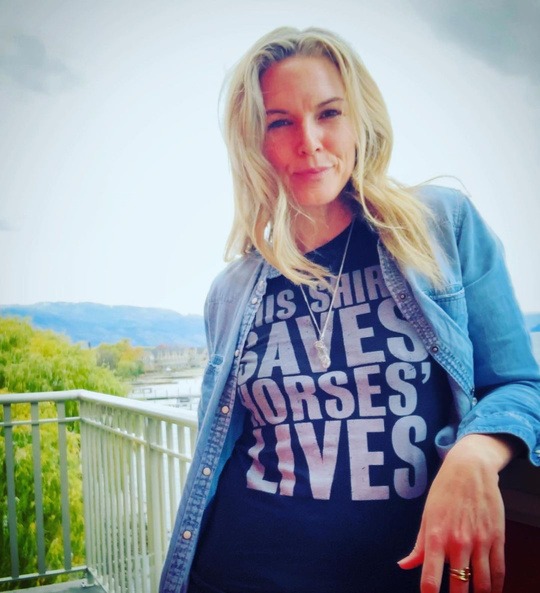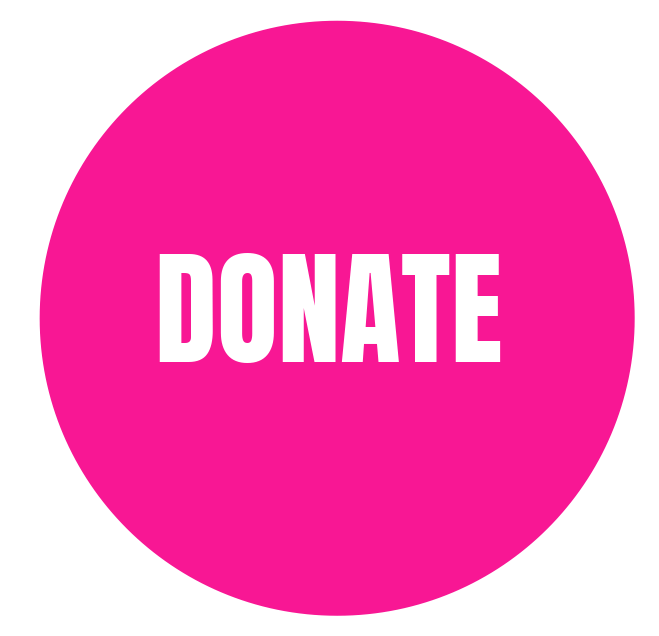What is Bracken Poisoning?
The Bracken fern has wide and triangular leaves and is a popular perennial fern.
The spores are born in the very late summer months and live on under the wide leaves, with the leaves folding under to protect them.
This plant rises up to three to four feet in height, and this type of fern is found all over the world, especially in very temperate areas.
It also grows in wide, dry, and openly wooded areas.
Due to the vertical growth of the roots, this plant spreads rapidly.
The taste of Bracken is not one that horses seek out, so horses tend to avoid purposely eating the fern.
However, they may resort to eating the leaves if there are no other plants around to graze upon.
It can also be found along roadsides and fences, and horses may choose to ingest it when there is nothing else to forage on.
Hay that is given to horses may also contain parts of the toxic fern.
Bracken fern is toxic throughout the plant; it contains rhizomes, which are toxic roots that spread and shoot out to form new growth underground.
Bracken fern also contains thiaminase, an enzyme that causes vitamin B to become inactive.
Over time, the horse develops a deficiency in thiamine, an essential vitamin B.
Bracken poisoning in horses is caused by horses ingesting all or part of the Bracken fern, usually within the hay they are fed or when they happen to forage upon it.
Symptoms of Bracken Poisoning in Horses Bracken fern toxicity has specific signs which are hard to ignore.
If you see any of the following symptoms in your horse, make an appointment with your veterinarian as soon as possible.
Symptoms include:
Unsteady gait
Flanks have a tucked up appearance
Congestion
Constipation
Agitation
Nervousness
Standing with legs spread apart
Falling
Decreased appetite over time
Muscle tremors
Abdominal pain
Dilated pupils
Heart rhythm abnormalities
Types
Bracken fern comes in a variety of names which are important to be knowledgeable of.
Additional names in which bracken fern may be called are:
Brake
Pasture bracken
Evil fern
Brake fern
Umbewe
Hog pasture bracken
Umhlashoshana
Read more at:


T-SHIRTS IN SUPPORT OF HORSE RESCUE FUND
LIMITED TIME OFFER FREE SHIPPING CANADA & USA


CANADA SLAUGHTERS HORSES FOR HUMAN CONSUMPTION
It may be hard for some to believe that tens of thousands of horses, including pets, are routinely slaughtered in Canada, for human consumption.
Some of the meat is consumed in Canada and much of it is shipped to the European Union and other markets, including Japan.
The barbaric slaughter of horses is currently not legal in the United States, BUT horses, including pets and ex-racehorses, from the United States are shipped to Canada and to Mexico to be slaughtered.
In addition Canada allows for the transportation of live horses to Japan, to be slaughtered for human consumption, and unfortunately the transportation of horses destined for slaughter within Canada, and by air, is far from humane.
BOUVRY UPDATE
THE MAIN FEED LOT AT BOUVRY UPDATED MARCH 30, 2024: The main FEEDLOT belonging to the Bouvry slaughter plant in Fort MacLeod, Alberta, Canada -- which for years has been used to fatten up horses before slaughter -- has been empty for some months now. BUT horse...
12 CHARGES LAID AGAINST BOUVRY
FIRST PUBLISHED SEPT. 8, 2023 UPDATED DEC. 13, 2024From the Canadian Food Inspection Agency (CFIA) website. All of the following 12 charges are related to activities of Bouvry Exports Calgary Ltd. that occurred in July 2021. The accused party appeared in court in Fort...
VIDEO: KAITLYN MITCHELL ANIMAL JUSTICE
STANDING COMMITTEE ON AGRICULTURE AND AGRI-FOODFEB. 29, 2024: Director of Legal Advocacy, Animal Justice Canada, lawyer, tireless advocate AKA superhero Kaitlyn Mitchell spoke before the Standing Committee on Agriculture and Agri-food on Bill C-355. To say we were...







